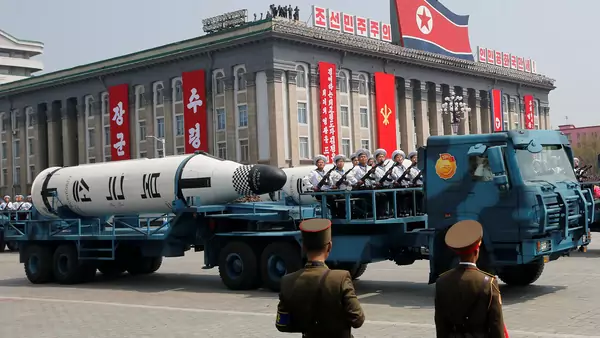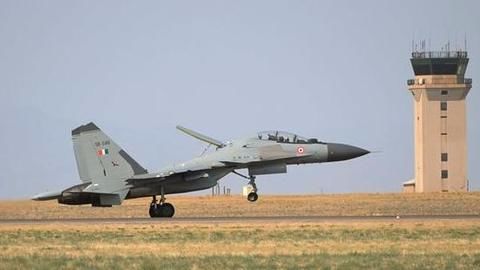by Kapil Sibal
The cow has become the symbol of Hindutva ideology. For the Hindutva brigade, however, protecting the cow is per se not important. What is important is their message: The cow can be protected by striking the fear of violence amongst minorities.
Acronyms associated with schemes borrowed from the Congress Party, statements unrelated to reality and sound-bytes which belong to the post-truth world are the new weapons of persuasion. Unfulfilled agreements worth billions of dollars with China and Japan, smart cities wallowing in pestilence, the Ganga’s polluted waters and the mirage of a digital economy are today’s reality.
All of this from a PM who says more than what he means and does less than what he says. His sojourns abroad provide lessons in event management. A red carpet welcome accorded to the PM is shown as a unique event — as if such courtesies were not extended to previous PMs. MoUs are publicly acclaimed as milestones. Yet what we get eventually is next to nothing. Instead of getting us something to cheer about from the US, the PM got us a deal on 22 Guardian Drones.










